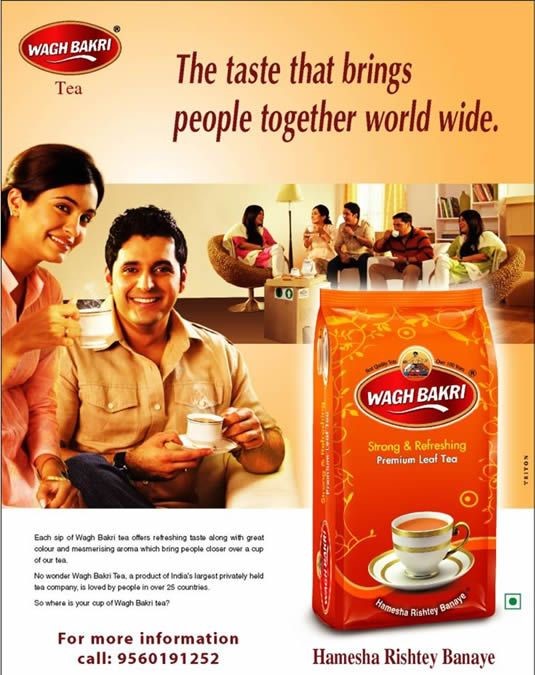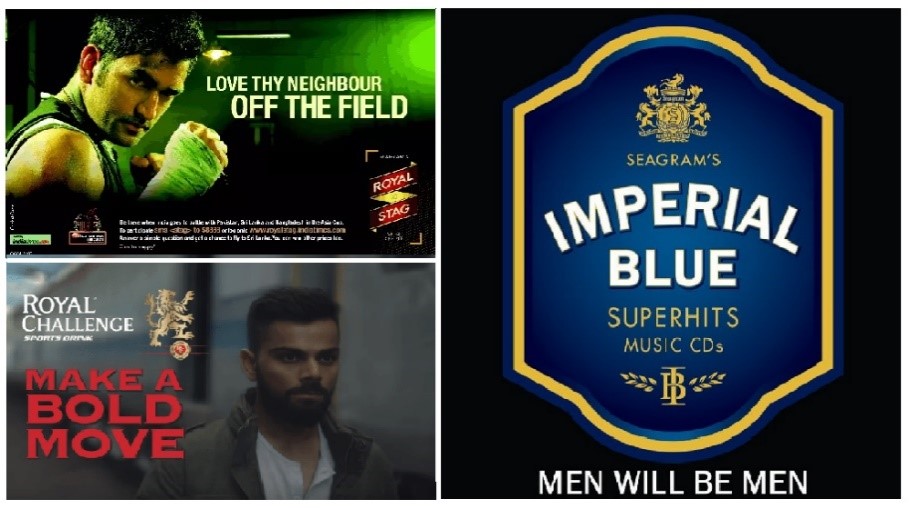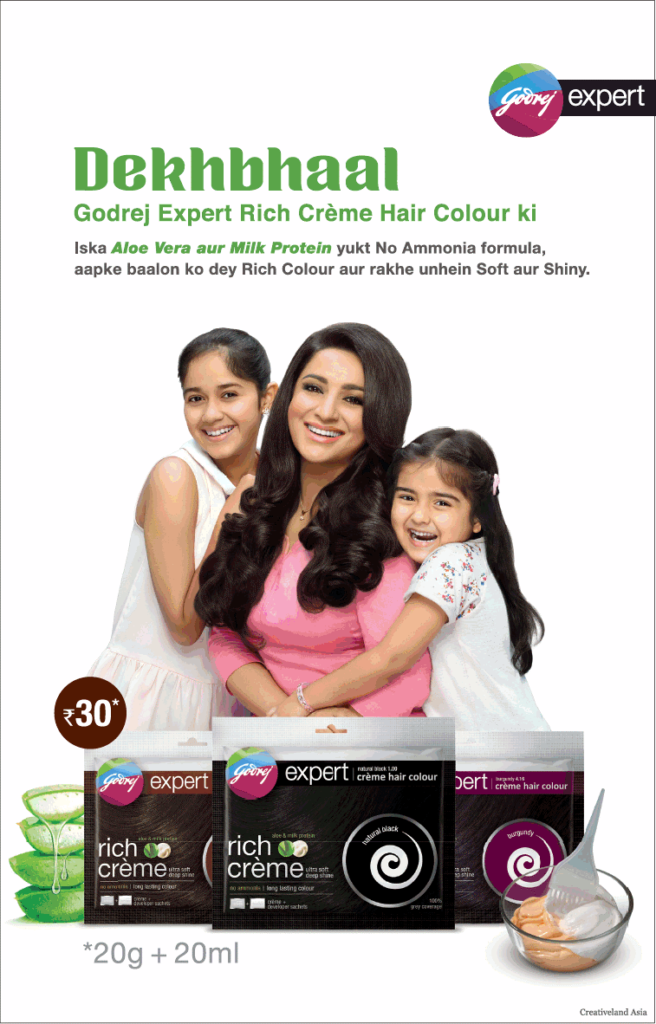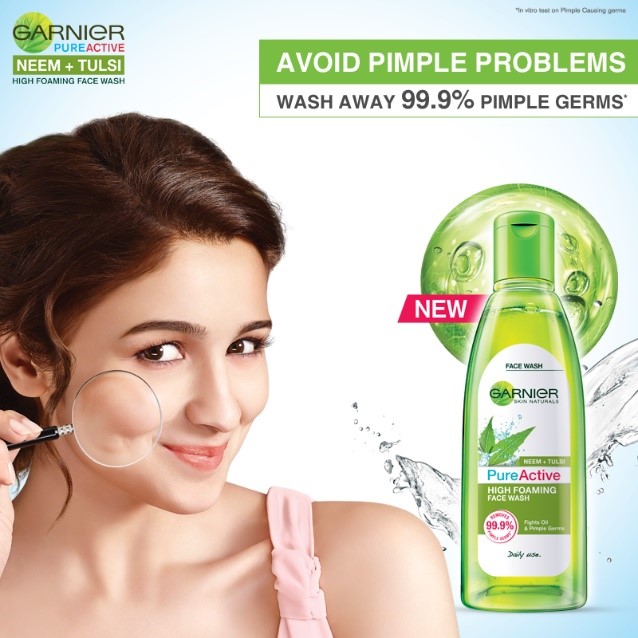The word ‘advertisement’ has its source in a Latin word, “advertere” which means “to turn the mind or attention to something”. Therefore, in simple words, advertising turns the minds of the audience towards a particular product or service.
“Advertising means to develop favourable brand image to enlarge market share and to increase the profits of the organisation in the long run.”
David Ogilvy
The primary element in advertising is persuasion, without which the essence of advertising would be lost. It links the sellers to the potential buyers with the objective of making the consumers informed about the products available and their features and convincing them to buy them. It also helps build a brand image.
Advertising is often criticised for “creating demand where it is not necessary” by luring the viewers and tricking them into believing that they want and need to purchase something even though they actually do not.
According to digital marketing experts, a person is exposed to an average of 4,000 to 10,000 advertisements on a daily basis. These are shown through different media but all of them have a conscious or sub-conscious effect on our minds.
One form of advertising is unethical advertising. Ethics are the values or principles that influence the actions of potential buyers. As the name suggests, unethical advertising is a practice whereby morally incorrect practices are implemented by companies to advertise their products. These practices are often criticised and sometimes even call for legal action.
Table of Contents
Ethical Issues in Advertising
Making false claims in advertisements
This is one of the most important and common ethical issues in the field of advertising. It is the easiest way to entrap easily gullible viewers. In this, companies make unattainable claims and promise results that are impossible to achieve. The audience is lured by these tactics and choose to buy the advertised products or service. However, they are obviously disappointed after the use as their expected standards are not met by the actual product.
Fast food joints, like McDonald’s or Subway, are the ones to most frequently use this tactic. They use fancy food photography tricks to make their food items seem much more overwhelming than they are in reality. This creates a false idea of the quantity and quality of the ingredients of the food.

to make it look more appetising.
Similarly, some companies selling white chocolate actually use Fevicol’s glue during their product shoots to add a glossy look to make it more appealing.
The advertisement for ‘Special K’ by Kellogg’s also made false claims that its users could lose weight as it only adds 114 calories upon consumption. The Food Safety and Standards Authority of India (FSSAI) also called it out for the same.
Manipulative advertisements

In such advertisements, companies play on the emotional quotient of their viewers to manipulate them into buying their products. Emotional appeal is used to create a positive and negative sensation and the viewers end up associating the brand with that feeling.
The tea company ‘Wagh Bakri’ uses the emotional appeal of family and relationships to manipulate the audience to buy their product. Tata Salt is advertised as ‘desh ka namak’ (salt of the country) thus tricking the viewer to feel that he would be patriotic if he uses Tata Salt.
Similarly, advertisements by Johnsons & Johnsons depict a bond between mother and child which inculcates a feeling of motherhood in its viewers. Mothers feel that only when they use the baby care products offered by this company, will they be taking proper care of their children. Otherwise, they would be failing in their duty towards them. This mix of love and fear nudges them towards purchasing Johnsons & Johnsons’ goods.
Advertisements in poor taste

Such advertisements make use of stereotypes, sex appeal, or violence to sell their products which shows how low a company can stoop to gain attention and attract customers.
Stereotyping means presenting a group of people in an unvarying pattern. The use of racial, gender and colour prejudices in advertisements creates a huge uproar and is considered highly unethical.
This is highly prevalent especially in the advertisements of cosmetics. This industry is highly responsible for glorifying fair skin as a standard of beauty. Deodorant and perfume companies along with makeup or skincare brands claim that their products can make people fairer thus making them beautiful. While Fair & Lovely (now renamed as Glow & Lovely) is the prime example of this, they are not the only ones who adopt this technique. After many years of toil, a slight change is emerging where makeup brands include models of different colour and races in their advertisements but there’s still a long way to go.
Vulgar and obscene imagery is also used where women, in most cases, are objectified. Nudity and sexual appeal are used – both by innuendo and explicitly to capture the attention of viewers and turn them into customers by making them feel like they could become more attractive too.
Advertisements targeting children
This is one of the most unethical forms of advertisements as they target innocent children who cannot differentiate between what they see on screen and reality. They fail to identify the persuasive intent of the advertisers and thus fall prey to their tactics very easily. Fast food, toys, games, and candy are the top things that target little children. They can even lead to the development of poor health conditions like obesity or stress in children by creating unattainable standards for many.
Happy Meals by McDonald’s, toys or dolls by Hot Wheels and Barbie are examples of fast food and toy industries that target innocent, young minds. Some advertisements even show children being disappointed because they cannot ask their parents for gadgets like cell phones or gaming consoles or even fancier things like cars while other kids their age enjoy the use of such items. This becomes relatable for a lot of young viewers and they end up with unreasonable demands before their parents or become victims of self-esteem issues.

Surrogate advertisements
This method is used when the advertisement of a certain type of product, like cigarettes, tobacco or alcohol is prohibited by the law because they are hazardous for health or the society at large.
The advertisements actually promote the brand itself or other products under the same brand name to build an impression in the viewer’s mind to enable them to recall the brand name when they purchase those goods. Even though they do not view the advertisement for a particular product, they are able to link the brand name with it at the time of purchase. The familiarity with the brand name makes the consumer feel comfortable with making the purchase.
Companies that sell alcohol make advertisements on friendship, adventure, etc to leave an impression on the minds of the audience. These advertisements do not show their product but the recall value is set in their minds.

Advertisements that conceal important information
Some advertisements conceal relevant information because they are unflattering or discourage the consumers from buying the goods. They only highlight the good features of the product while ignoring other important data. If the viewers are not careful, they could end up buying the product without knowing the full story. This could result in uncontrollable skin conditions or other harmful side effects.

Puffery
This method is legal but it does not have an ethical connotation. Here, the companies exaggerate the praise for their products. It is very difficult to see through puffery. It can hurt the brand in the long run because if it fails to deliver on its big promises (something that is also known as overpromising and underdelivering), it will suffer a massive loss of trust on the part of the viewers. It may even be forced to face legal consequences.
For example, Duracell batteries promise to be an “everyday battery” but it is obviously not possible for the batteries to last forever. Similarly, advertisements of Vim dishwashing liquid claim that one spoonful of Vim gel can clean all the utensils at one time which is an obvious exaggeration.
Another common way of puffery is to claim to be the best in the product category or even the world.

Advertisements claiming health benefits
A large variety of product advertisements claim to have components or ingredients that improve the health of the consumer by boosting the vitamins and minerals in their body, claiming to reduce skin conditions or promote weight loss or even better vision.
The companies even back these claims with false statistics. Although they are supposed to have clinical proof and test results to show that these claims are truthful, a lot of companies lack this evidence. The disadvantage to such advertising, besides the unethical aspect, is that there is a chance of heavy penalties if anyone is able to prove these claims false.

Unhealthy brand comparisons in advertisements
In this case, brands provide statistics and testimonials to show how their product is superior to their competitors’ products. This is considered unethical because they usually focus on downgrading the other product. Besides, these advertisements do not name the competitors’ products but show them without their labels or products in very similar packaging so that the viewers are able to easily identify the other brand. This is basically taking a dig at their competitors which is not such a nice strategy. Focusing on highlighting your own products’ strengths would be a much better approach. It would even be better received by the audience.
There are innumerable examples of this method including Colgate and Pepsodent, OLX & Amazon, Flipkart & Snapdeal.
However, the one that stands out among these is the rivalry between Complan & Horlicks. Their advertisements are most often of such nature. The breakdown of the psychological tricks used in their advertisements is shown below where not only the competitor’s product is criticised but even their users are shown as boring or dull to incline the viewer towards their own product. The advertiser has very smartly used the colours of the two brands to indirectly indicate the other company they mean to show.

(Image source: Slideshare)
Misuse of testimonials
Advertisements with testimonials by celebrities is a very famous tactic used to convert viewers to consumers of the brand. People are bound to be attracted to buy goods that are endorsed by their favourite celebrities. This form of advertising is unethical as the celebrities who endorse these brands hardly ever (if at all) use the product themselves.
Celebrities like Salman Khan or Ranveer Singh endorse brands like Thumbs Up which is a beverage with extremely high calories and sugar content. It can be presumed that they do not consume such drinks because of their concern for fitness. However, these celebrities have a large fan base and these fans would be drawn towards the brand.

Regulatory Authority
The Advertising Standard Council of India (ASCI) was established in 1985 to regulate advertisements. They are also responsible to supervise that the companies maintain honesty and truthfulness in their advertisements and safeguard the viewers from misleading or defrauding advertisements. The ASCI even observes fairness in the competition between different brands.
It has taken many steps to curb unethical advertisements so that the negative impact of these can be minimised. They have often forced several companies to withdraw their advertisements if they violate legal regulations. For example, Airtel was asked to withdraw its “fastest 4G internet challenge” advertisement because ASCI thought it was misleading.
Conclusion
The use of unethical advertising is more widespread than it should be. Sometimes the negative promotion that emerges out of such advertising fulfills the actual purpose of the companies that put out such advertisements. There is a huge uproar among the audience and people talk a lot about the products. As in the case of negative publicity still being publicity, the effect of unethical advertisements still brings some benefit to the companies.
However, it is still debatable whether the use of such methods is the way companies should opt for. A negative brand image in the minds of the consumers brings in more negative impacts than benefits in the long run. The actions of one or a few brands can adversely affect the whole field of advertising as the customers’ trust gets lost in the process. They become skeptical and even advertisements that highlight only the truth sometimes fail to regain the trust of those hesitant viewers.
Instead of using creativity to come up with double-meaning or misleading advertisements to defraud their viewers, if companies focus their tangible (monetary) and intangible (efforts and time) resources, then they would reap greater benefits, especially the long-term ones. Operating based on a short-sighted view with the hopes of earning quick profits usually harms the company’s position in the market.
Using ethical practices to advertise will improve their customer base and inculcate a sense of pride in the minds of the consumers for being associated with responsible brands. This is the only sustainable way to promote customer loyalty and will ensure that their efforts come back to the brands as increased sales and profit.
The consumers should thus, be more aware of these tactics and evaluate all factors before making their purchase decisions. They should not be lured by emotional and manipulative advertisements that use false or misleading facts to trick them into buying certain products. They need to understand that “all that glitters is not gold” and things can easily be made to look different than what they are. Consumers are equally responsible to make an endeavour to uncover the truth behind seemingly attractive advertisements and make purchases smartly.

Extensive notes. Good examples. Innovative advertising is cool as long as they don’t go unethical.